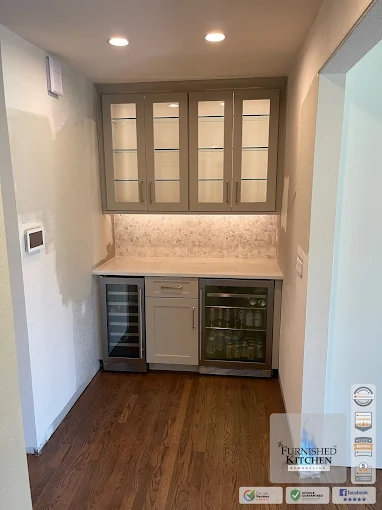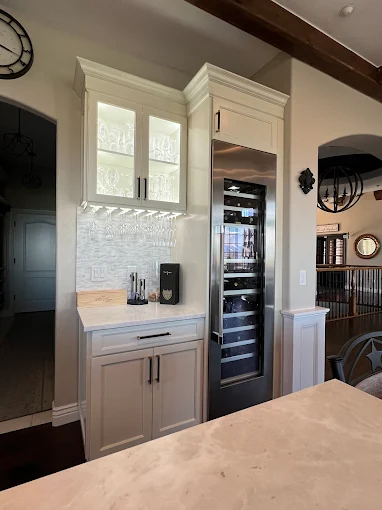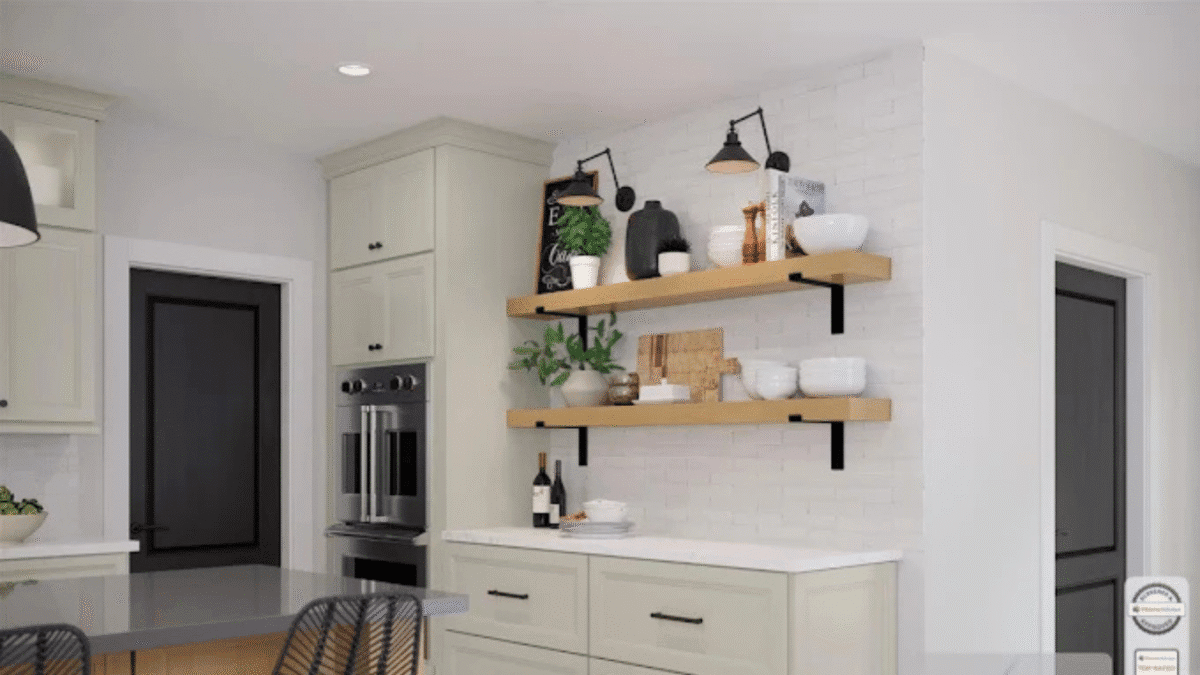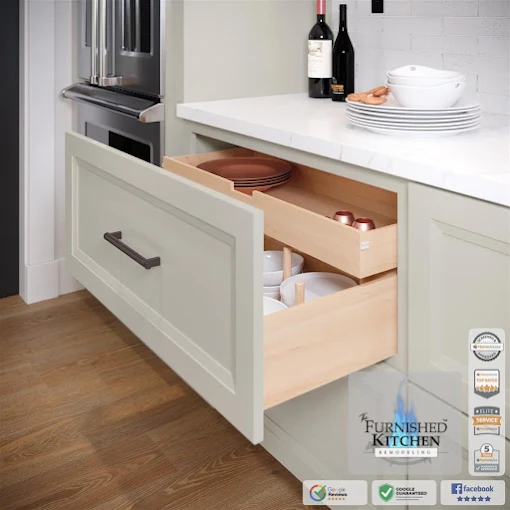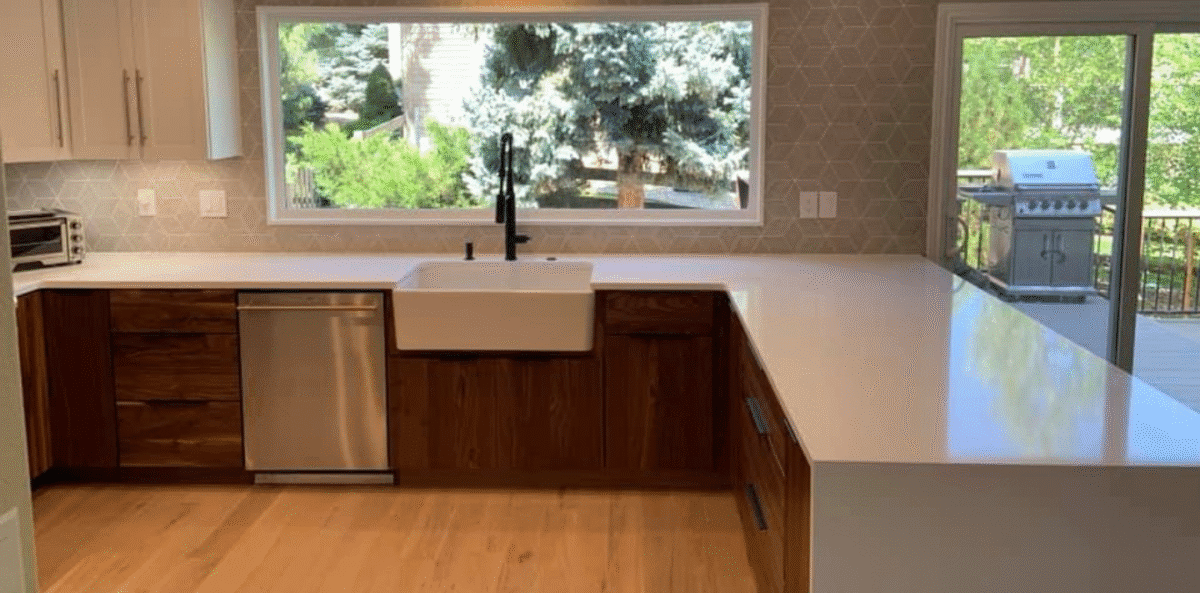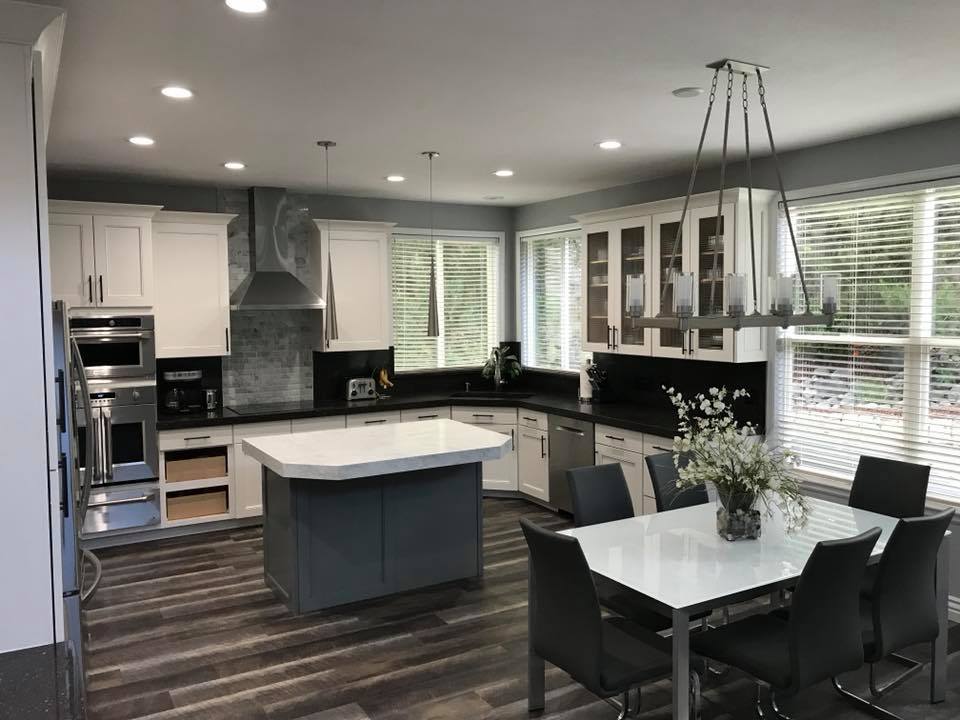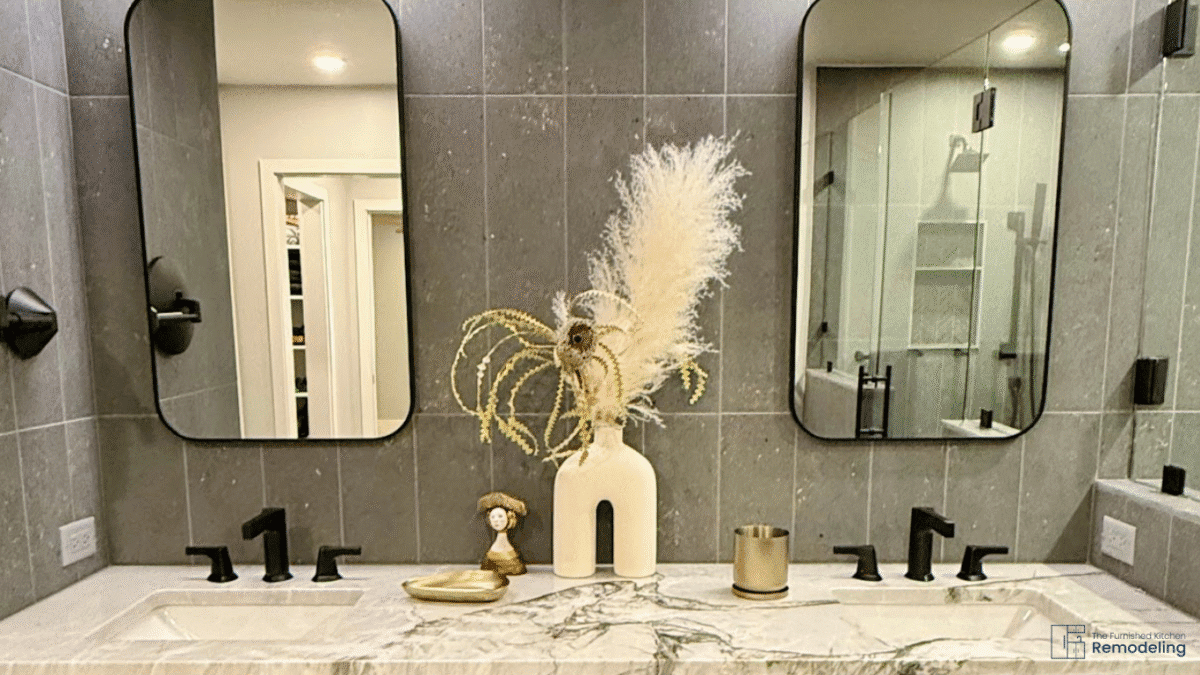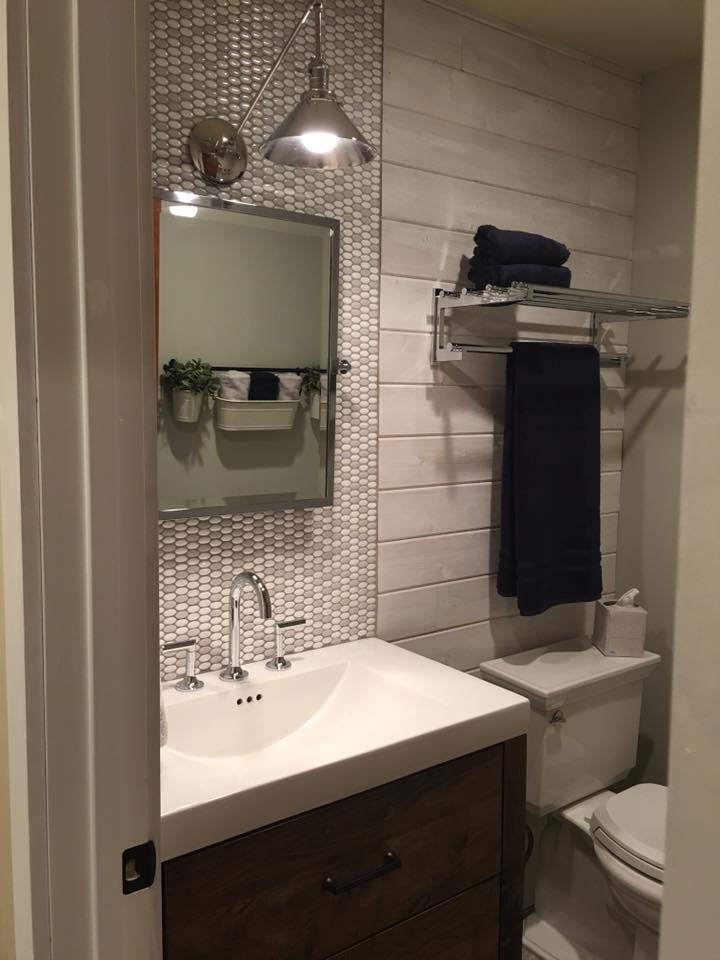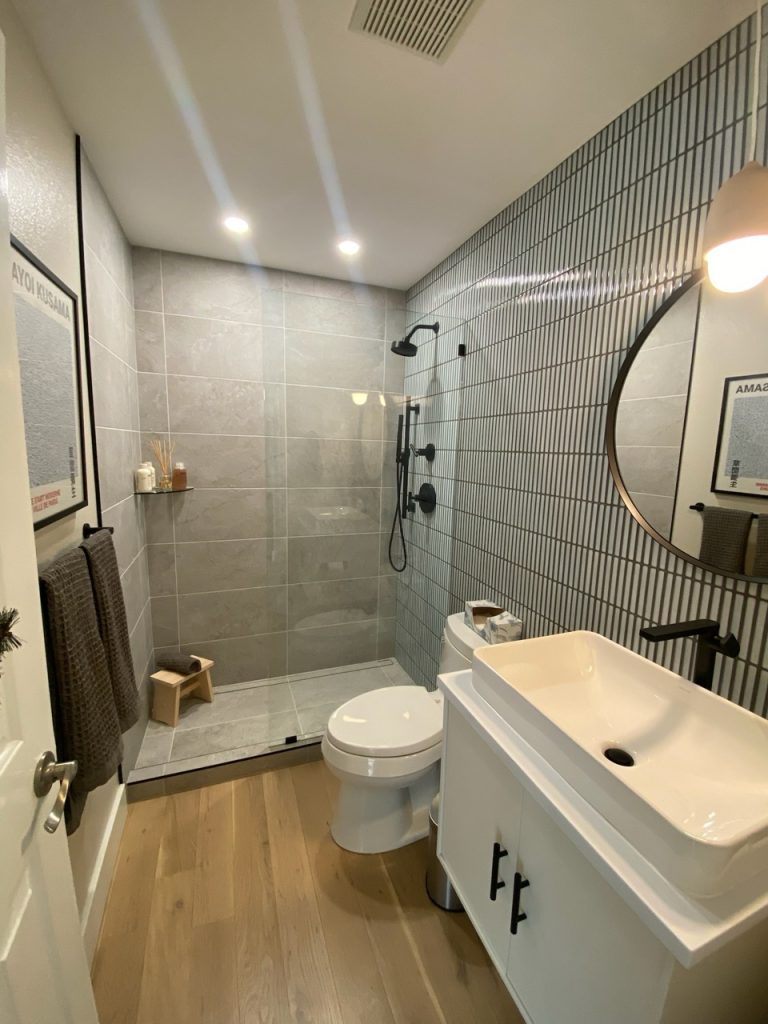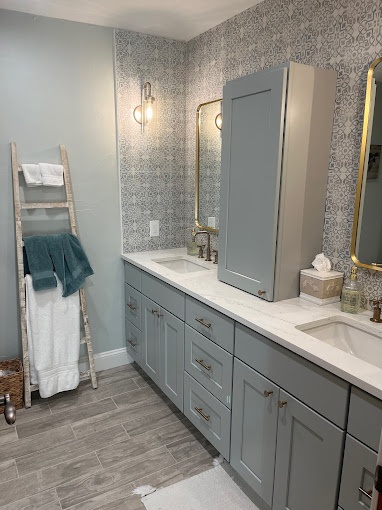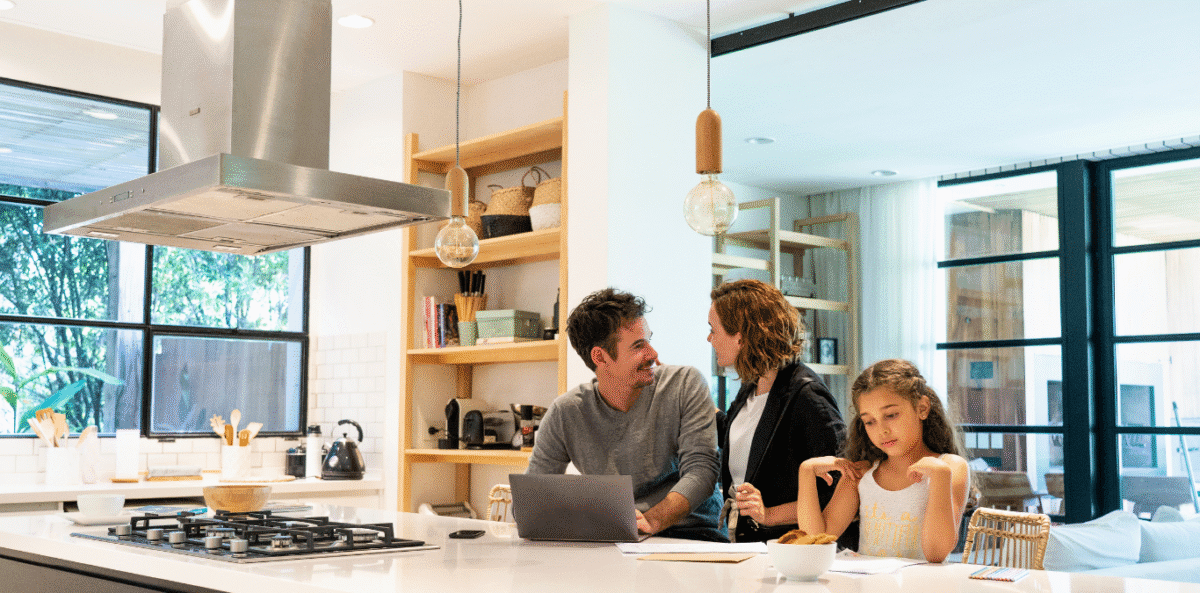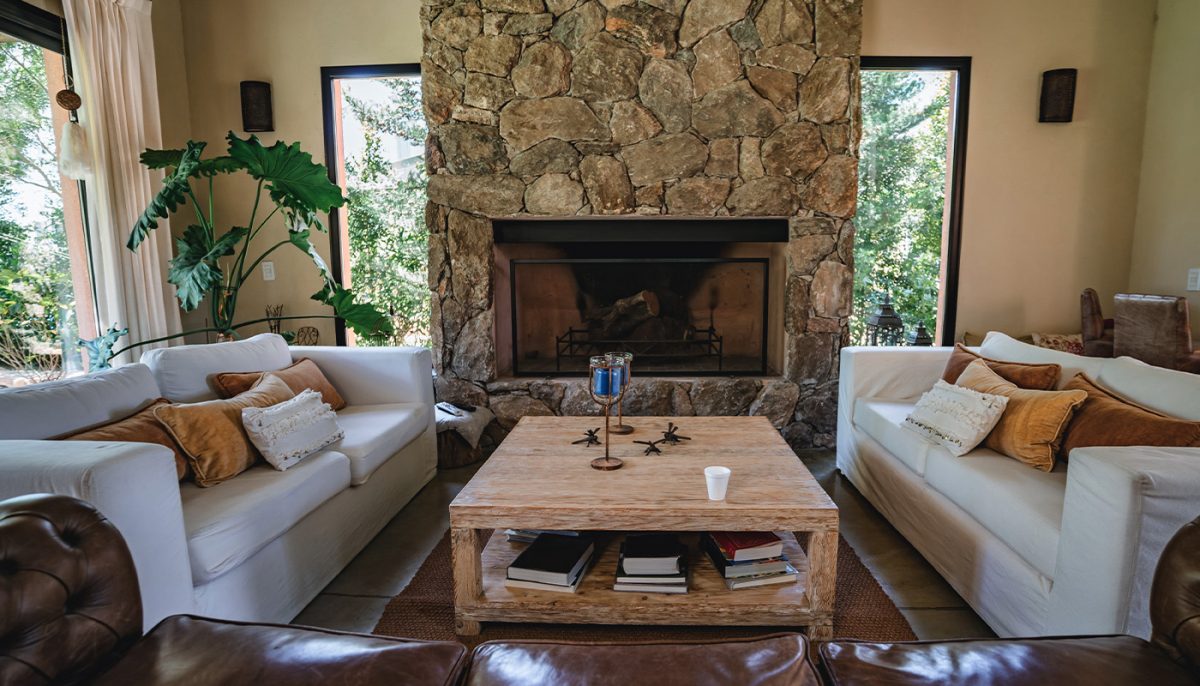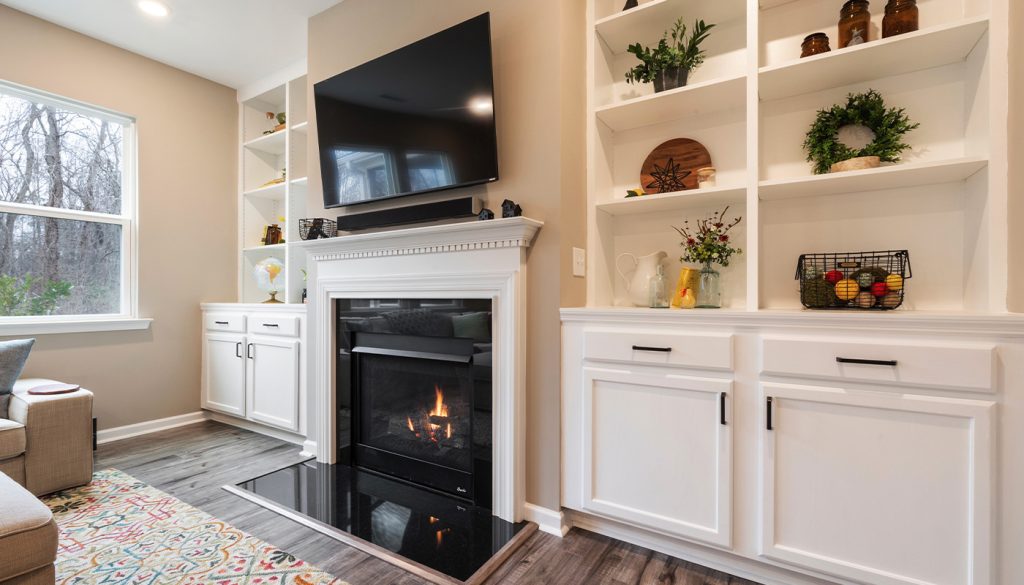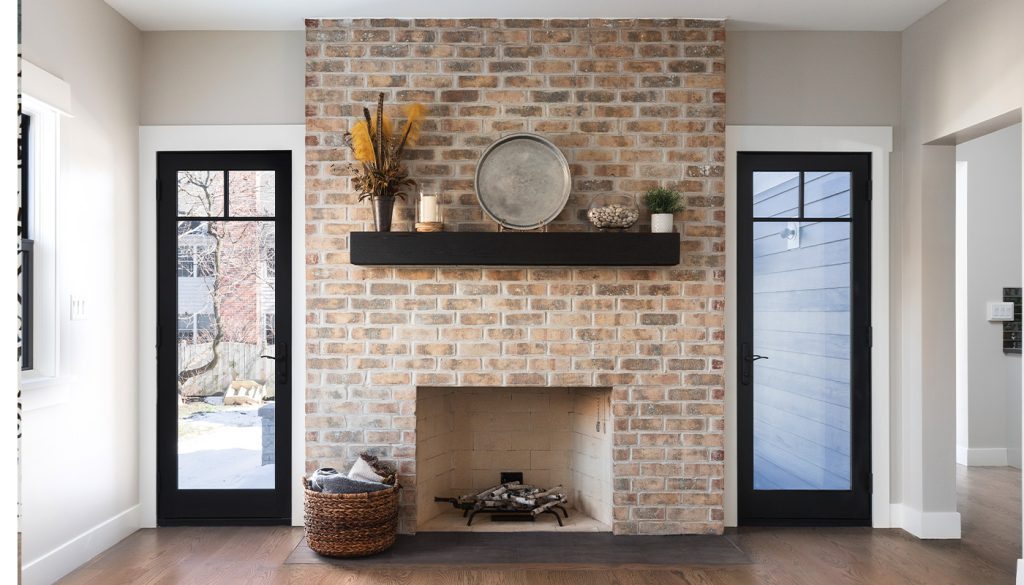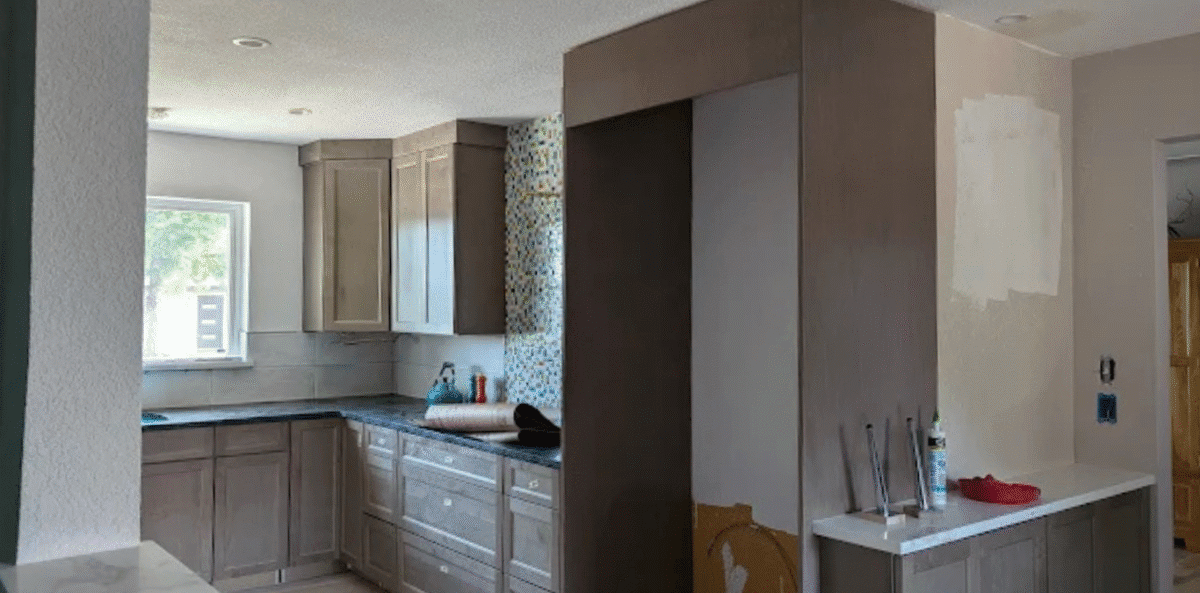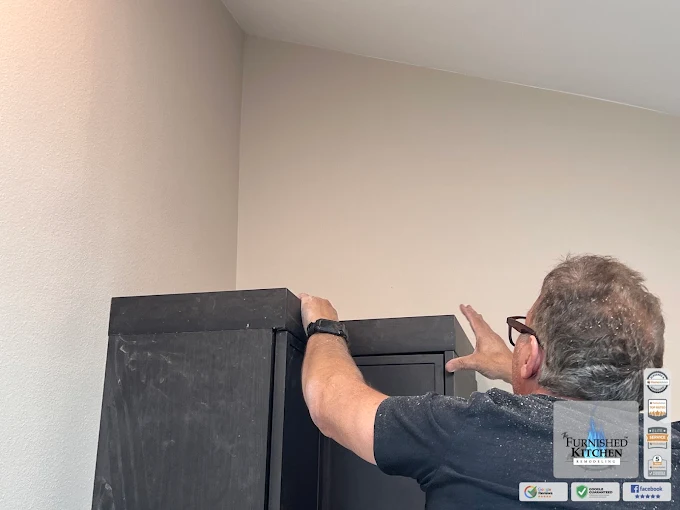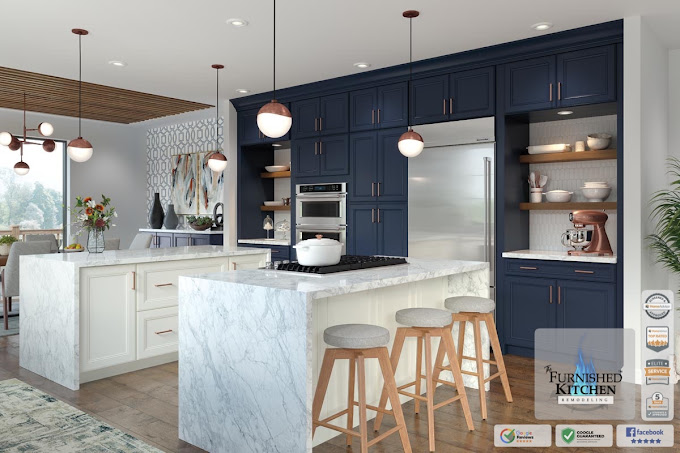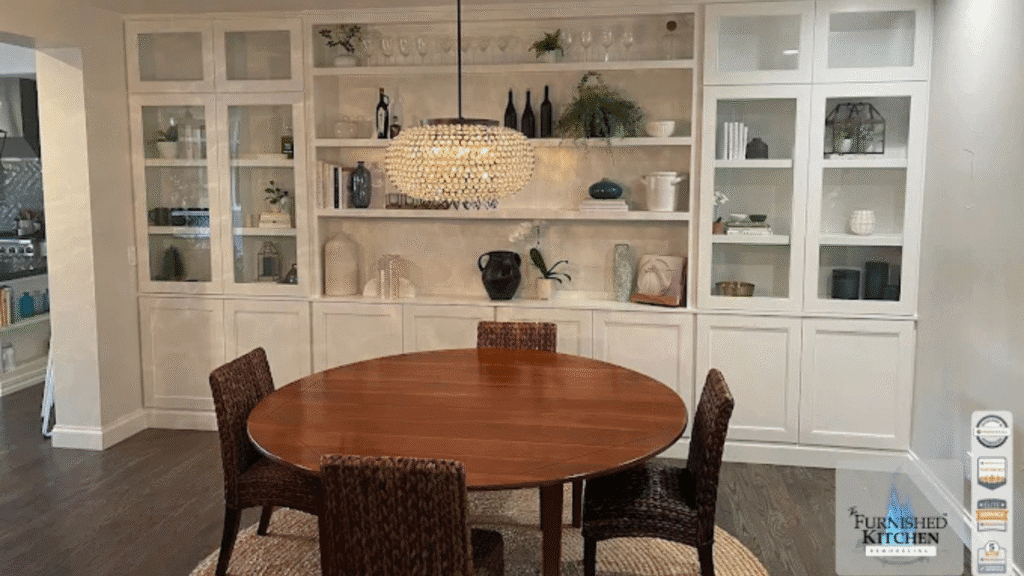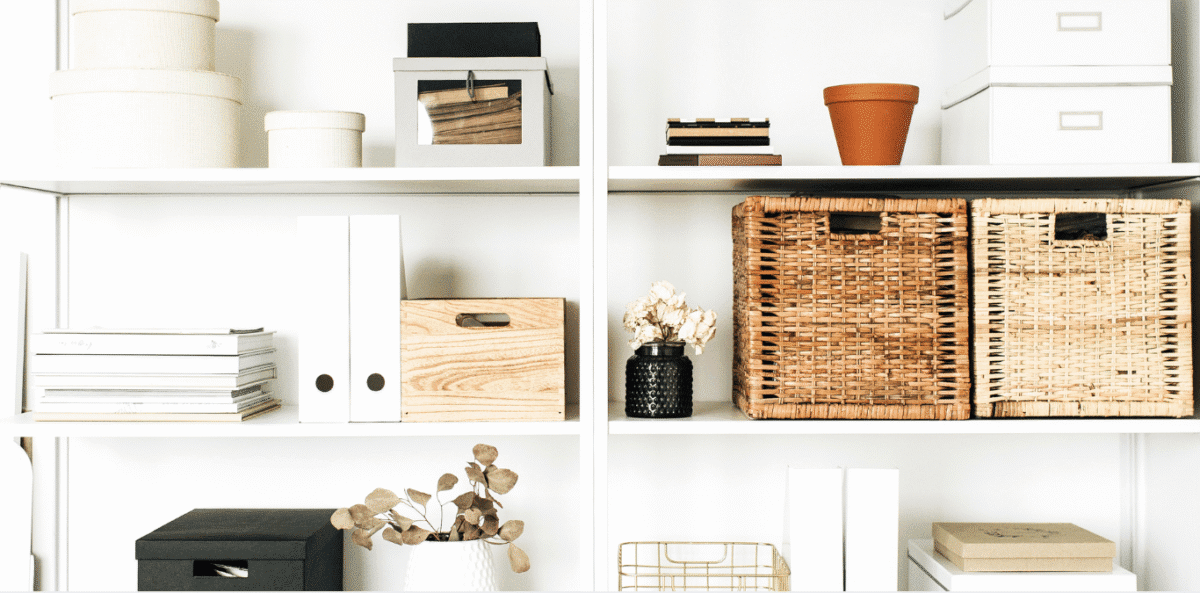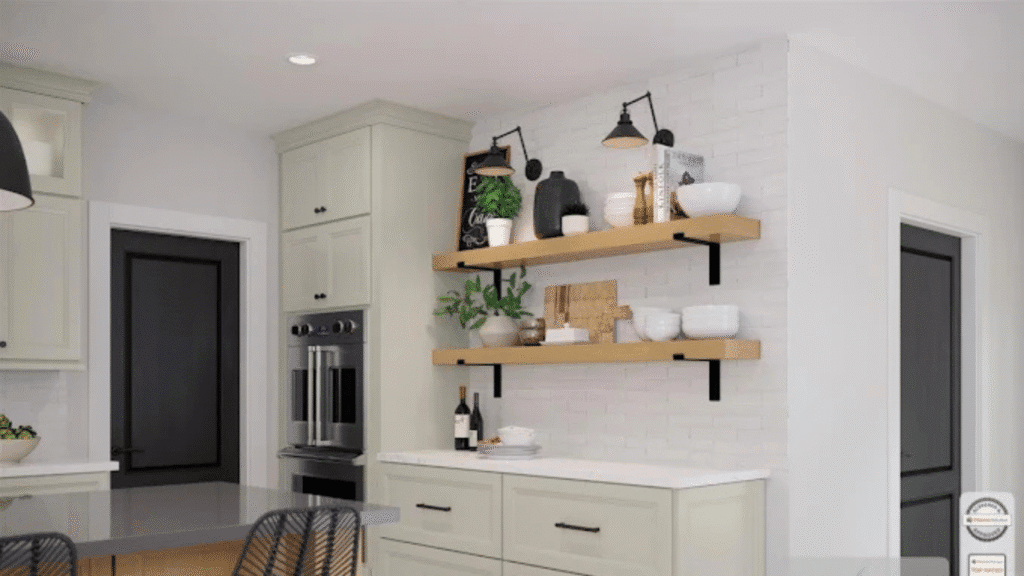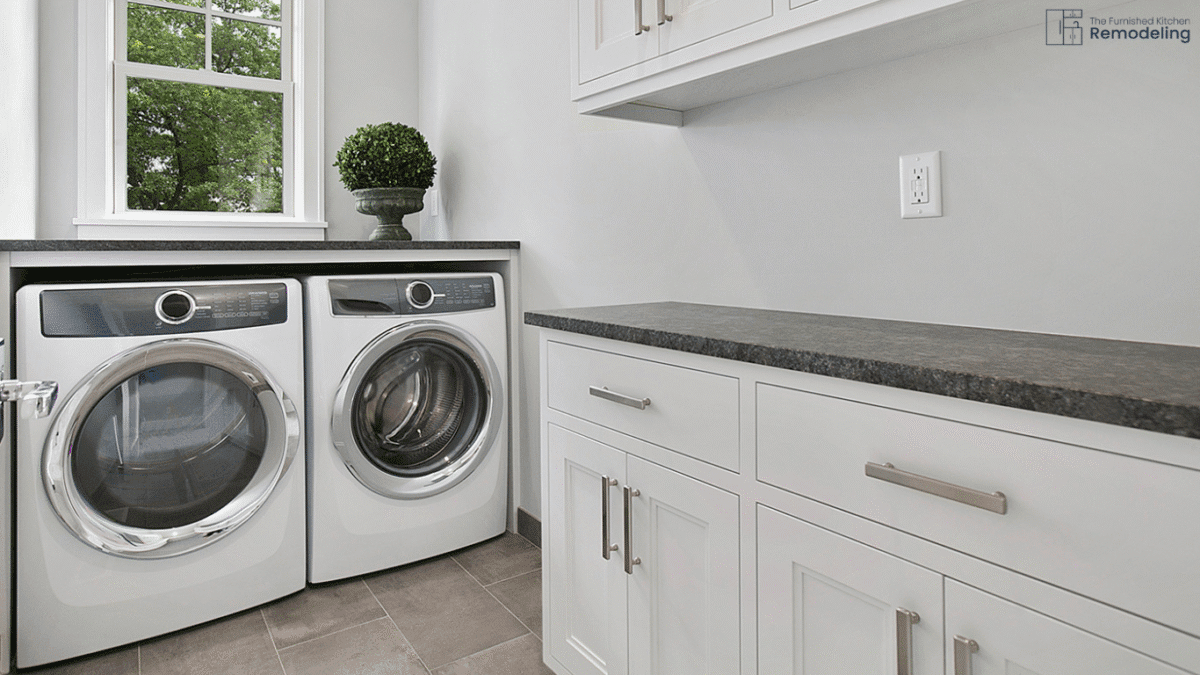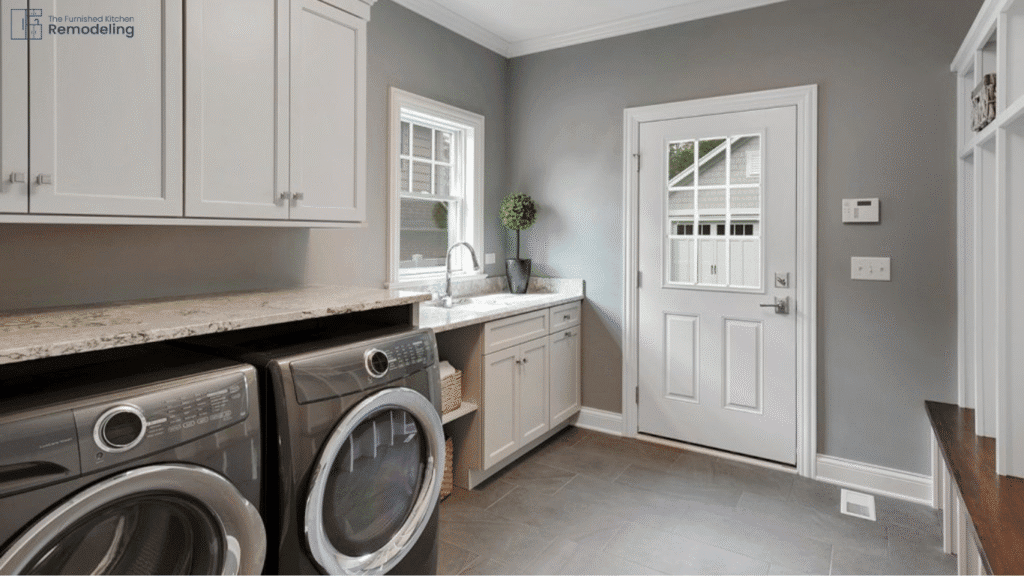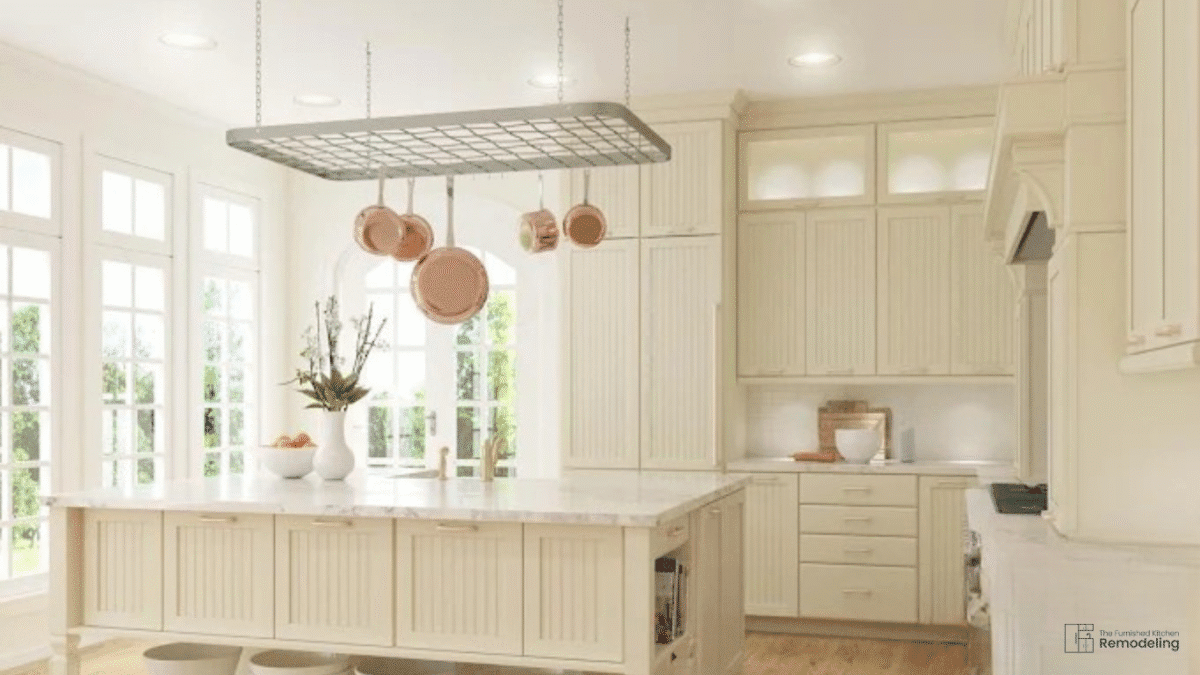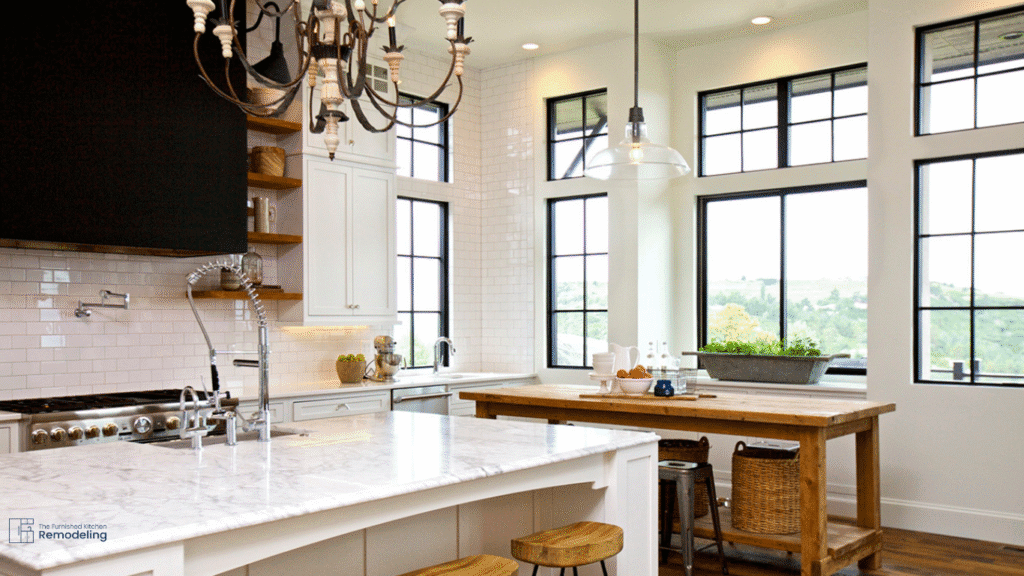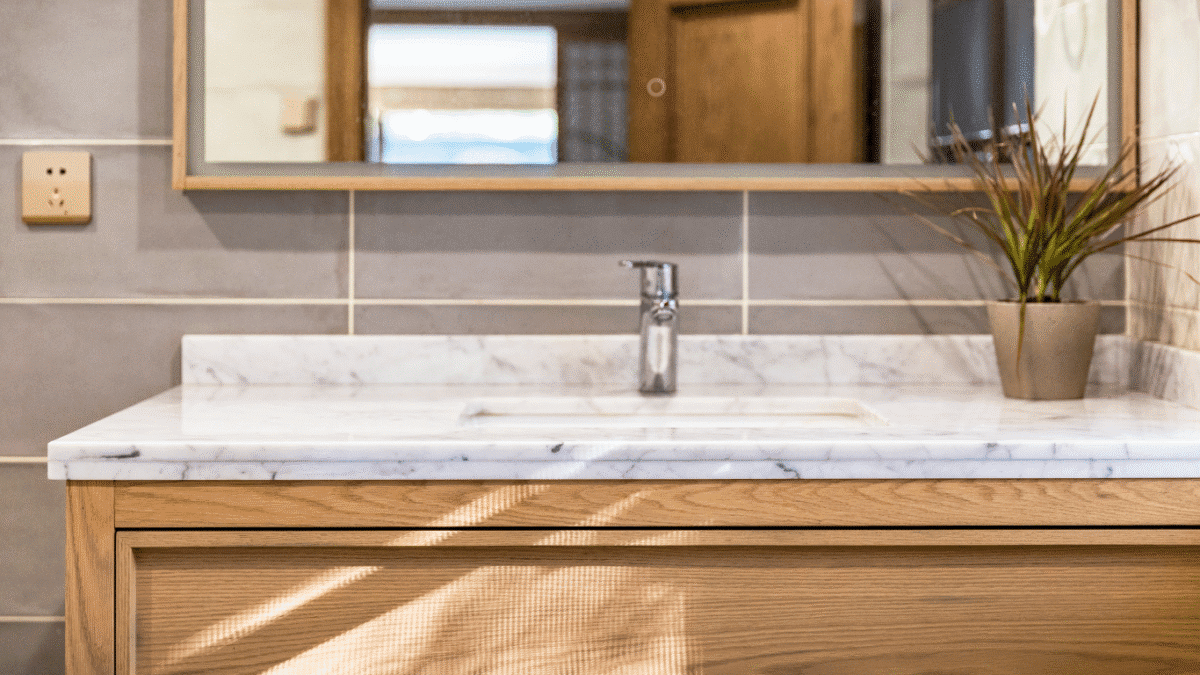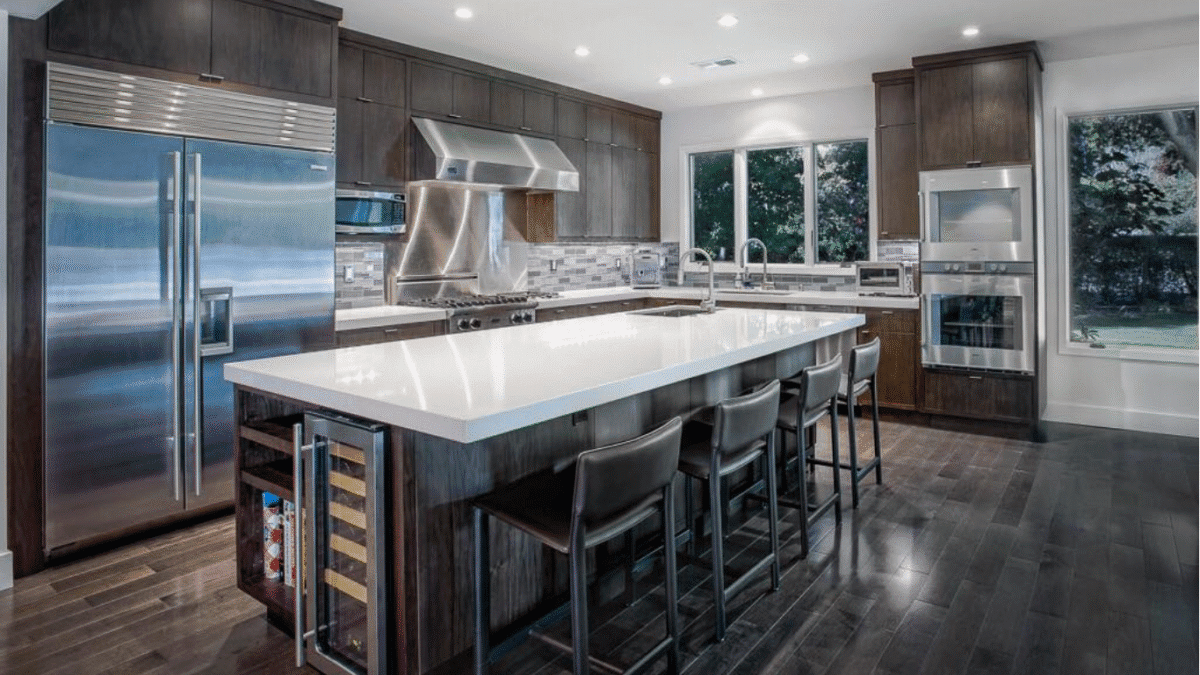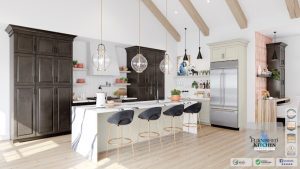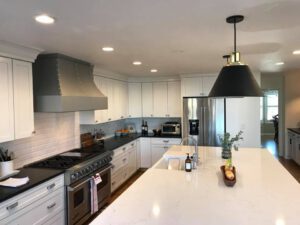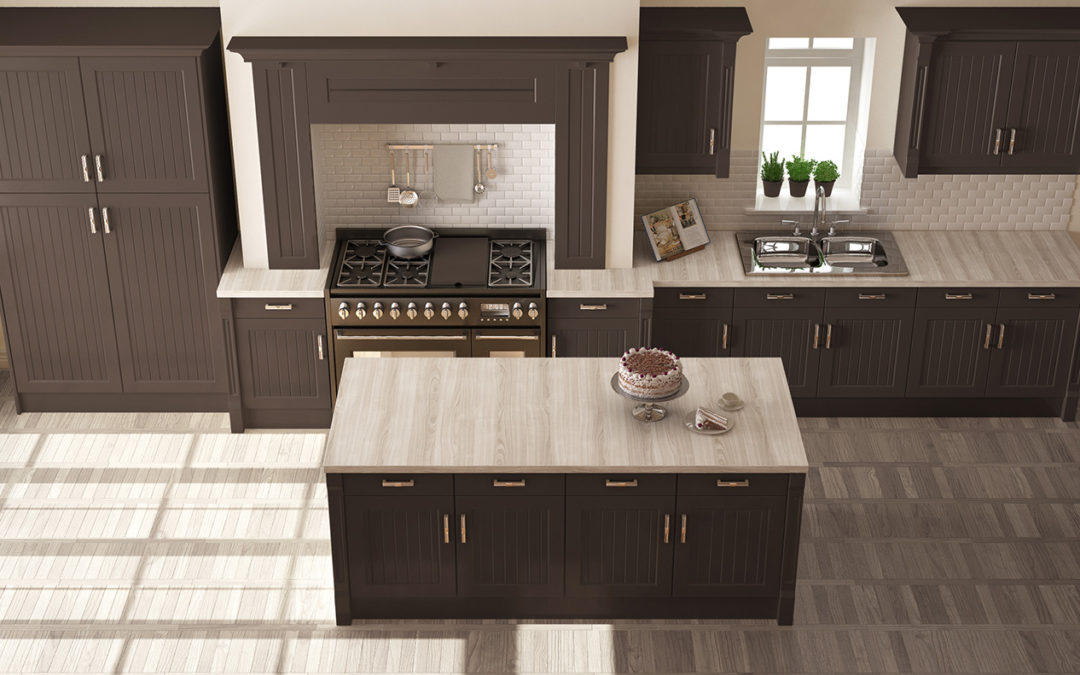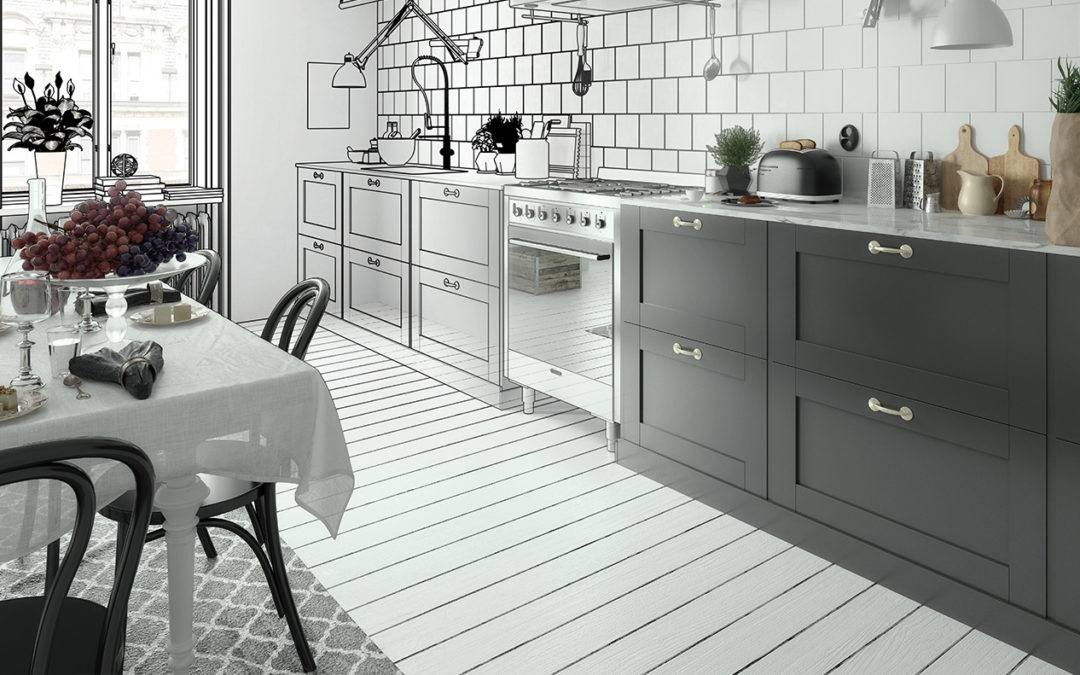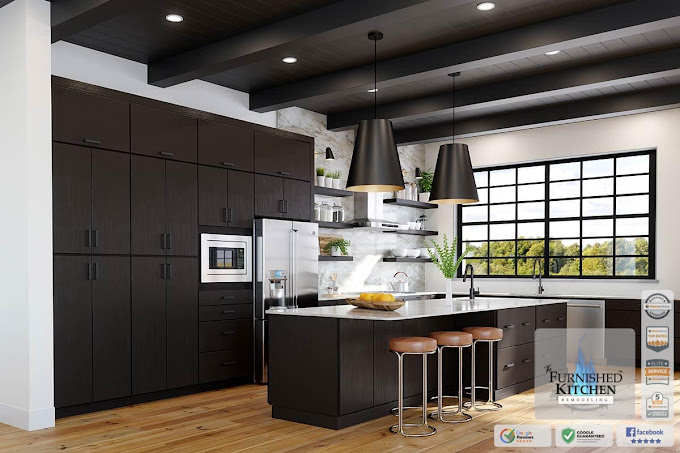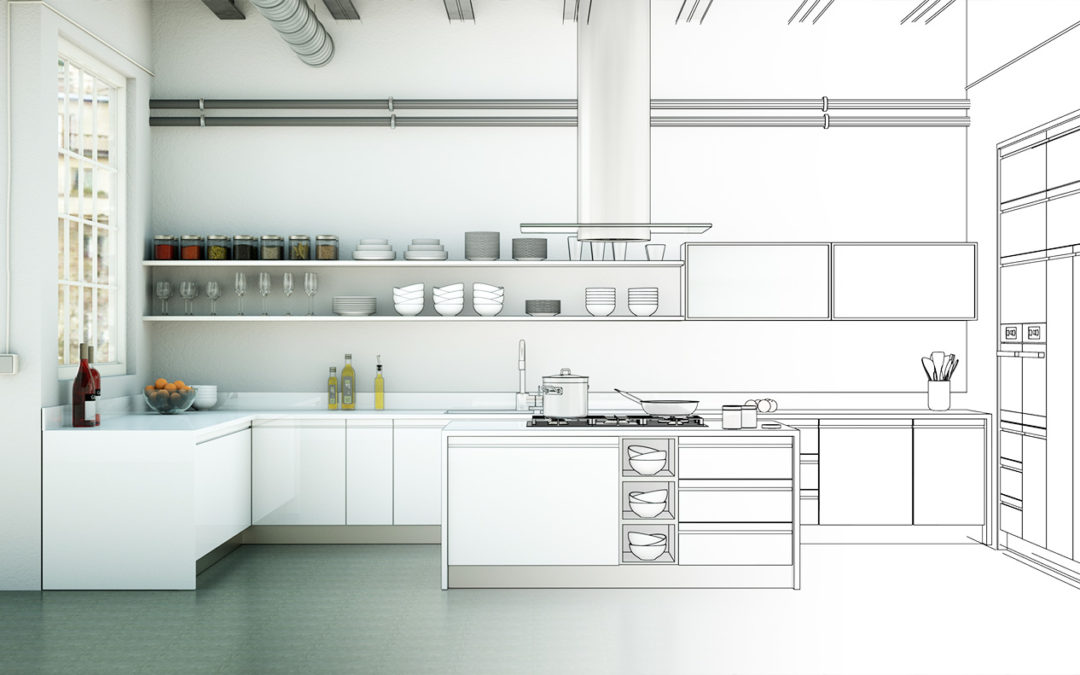Types of Kitchen Remodels: Choosing the Right Approach for Your Home
When homeowners begin planning a renovation, one of the first questions they face is what type of remodel makes the most sense. Understanding different types of kitchen remodels helps clarify scope, budget, and expectations before the design process begins. Not every remodel needs a full teardown—sometimes a targeted update or functional redesign delivers the biggest impact.
At The Furnished Kitchen Remodeling, we guide clients through the planning process by helping them identify which option best fits their home, lifestyle, and long-term goals. Below, we break down three of the most common types of kitchen remodels and explain when each one is the right choice.
Cosmetic Refresh: Updating Without Rebuilding
A cosmetic refresh is one of the most approachable types of kitchen remodels, ideal for homeowners who are happy with their existing layout but want a visual update. This approach focuses on surfaces and finishes rather than structural changes, making it a more efficient option for both time and budget.
Common cosmetic updates include new cabinet finishes or refacing, updated hardware, refreshed backsplashes, new lighting, and upgraded countertops. Because plumbing, electrical, and cabinetry layouts remain intact, this type minimizes disruption while still delivering a noticeable transformation.
This option works well when cabinets are structurally sound and the kitchen functions adequately but feels dated. A cosmetic refresh can modernize the space while preserving its original footprint and flow.
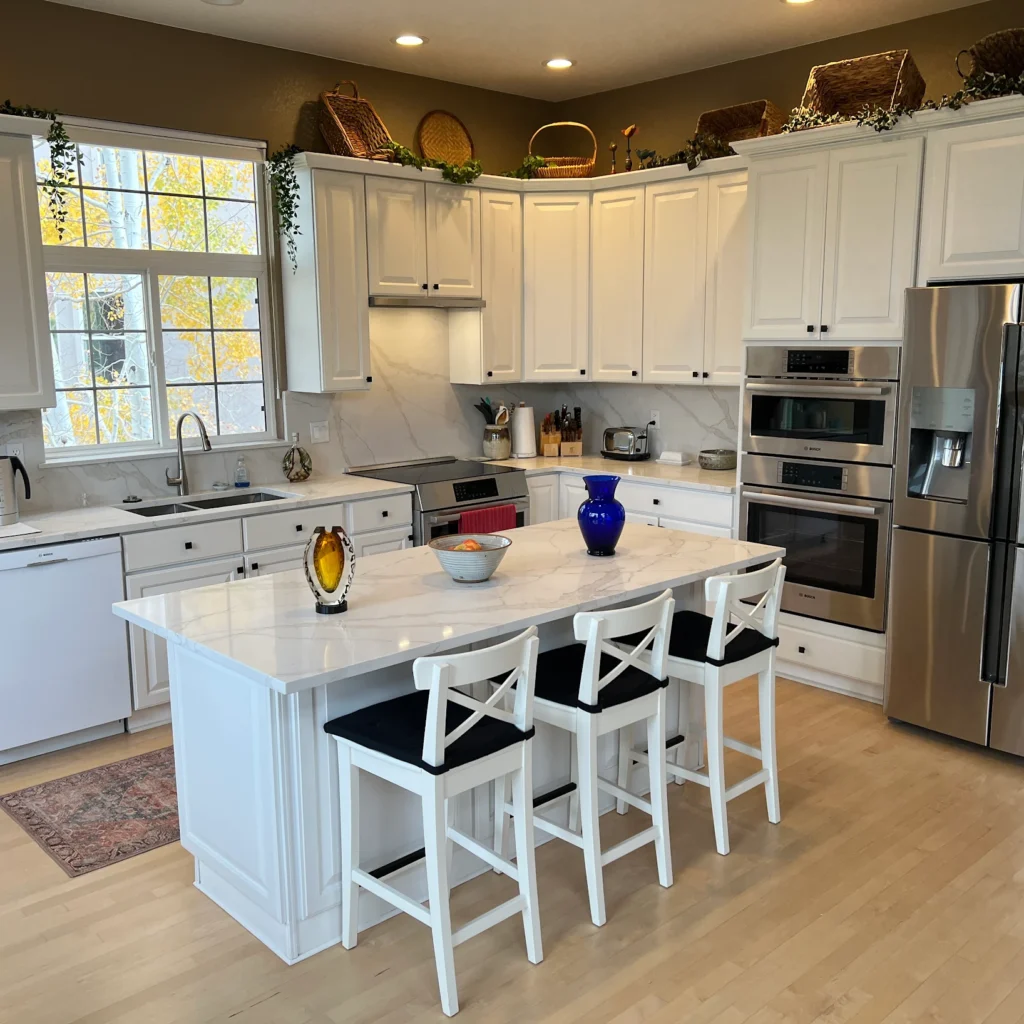
Functional Remodel: Improving Flow and Everyday Use
When a kitchen looks fine but doesn’t work well, a functional remodel may be the best fit. Among the different remodels, this approach focuses on improving layout efficiency, storage, and workflow while keeping the renovation grounded in practicality.
Functional remodels often involve reconfiguring cabinetry, adding built-in storage solutions, adjusting island placement, or improving traffic patterns between prep, cooking, and cleanup zones. While walls may stay in place, cabinetry and appliance placement are often redesigned to better support daily routines—making this one of the most popular types of kitchen remodels for homeowners seeking better performance without a full overhaul.
At The Furnished Kitchen Remodeling, functional remodels are carefully planned to enhance how the kitchen is used every day. This option is especially beneficial for homeowners who cook frequently, entertain often, or need better organization without fully opening walls or changing the room’s footprint.
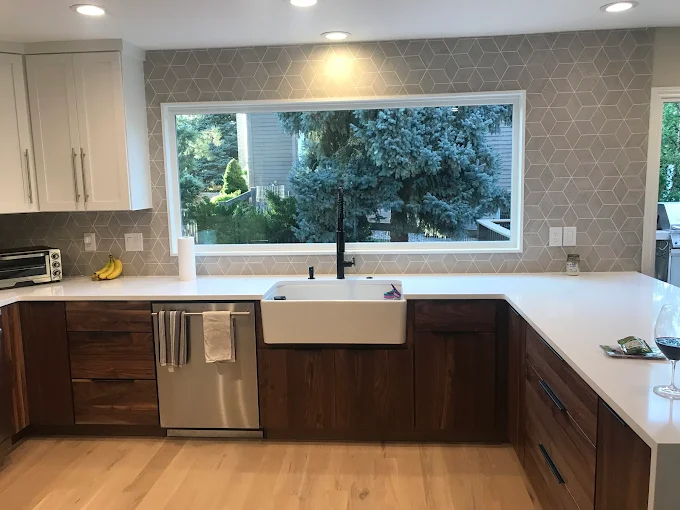
Full Kitchen Remodel: A Complete Transformation
A full remodel is the most comprehensive of all types of kitchen remodels and is ideal when the space no longer meets a homeowner’s needs—visually, functionally, or structurally. This approach allows for complete design freedom, from layout changes to custom cabinetry and premium materials.
This may include removing walls, expanding the footprint, upgrading plumbing and electrical systems, installing new cabinetry throughout, and selecting new flooring, lighting, and appliances. This remodel type offers the opportunity to reimagine the kitchen entirely, aligning it with both lifestyle needs and architectural goals.
Because full remodels involve more decisions and coordination, they benefit greatly from a clear process and experienced design-build team. Our approach ensures that design, budget, and execution stay aligned from concept through completion.
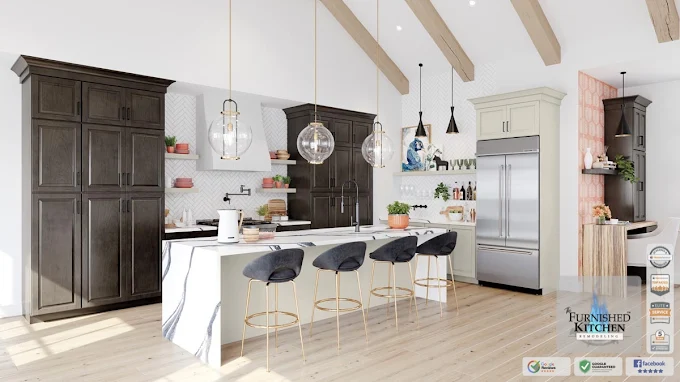
How to Choose Between Types of Kitchen Remodels
Selecting the right option comes down to understanding your priorities. Ask yourself:
- Is my current layout working, or does it need improvement?
- Am I looking for an aesthetic refresh or a functional overhaul?
- How long do I plan to stay in my home?
- What level of investment makes sense right now?
Each of these questions helps narrow which of the types of kitchen remodels aligns best with your goals. Cosmetic refreshes are ideal for visual upgrades, functional remodels address workflow challenges, and full remodels create long-term, transformative results.
Designing a Kitchen That Fits Your Life
The best remodel isn’t defined by how much is changed—it’s defined by how well the result supports your daily life. By understanding different types of kitchen remodels, homeowners can make informed decisions that balance design, function, and investment.
At The Furnished Kitchen Remodeling, we collaborate closely with clients to identify the right approach and guide them through every step of the process. Whether you’re refreshing finishes or planning a full transformation, our goal is to create a space that feels intentional, functional, and built to last.



